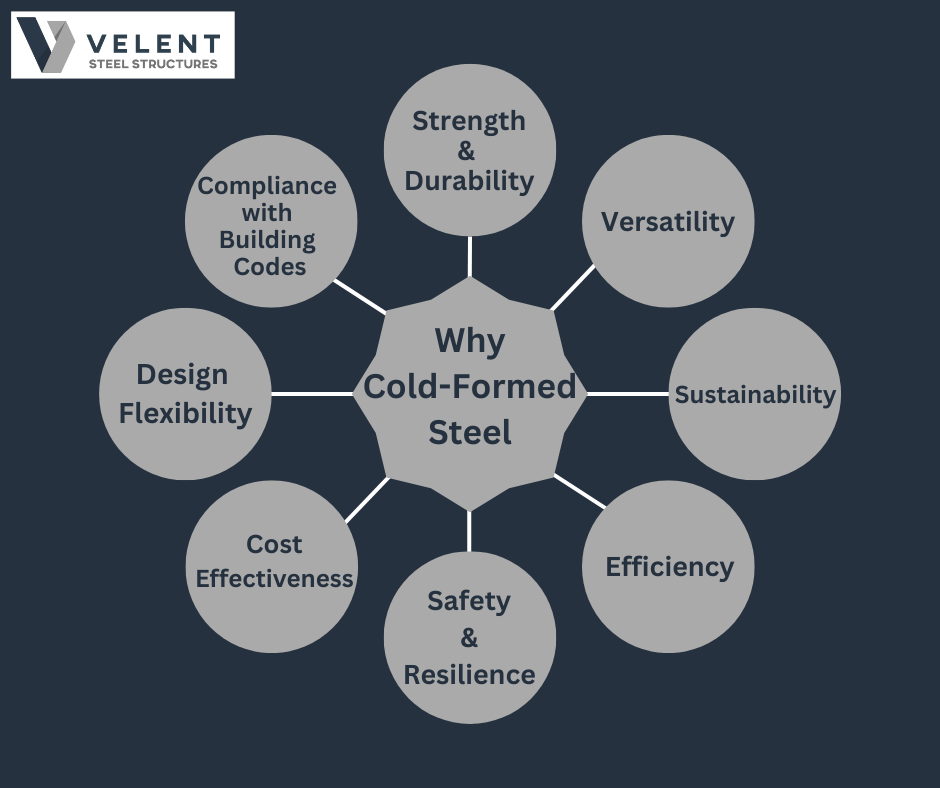As building codes and industry standards evolve, ensuring superior acoustic performance and fire resistance in construction has become more critical than ever. Whether for residential, commercial, or industrial buildings, reducing noise transmission and improving safety measures are key concerns.
One essential component in achieving these goals is the resilient channel—a uniquely designed metal profile that enhances both soundproofing and fire resistance. Used extensively in wall and ceiling assemblies, resilient channels help create comfortable, quiet, and secure environments. This article explores their functionality, benefits, and best practices for installation.

What Are Resilient Channels?
Resilient channels, sometimes referred to as hat channels or furring channels, are thin, cold-formed steel members designed to be attached to wall studs or ceiling joists. They provide a critical separation between the structural framing and the surface material, such as drywall, reducing direct contact and improving both acoustic and fire-resistant properties.
Unlike traditional framing methods where drywall is secured directly to the studs, resilient channels introduce a flexible connection that disrupts the pathways through which sound waves and heat travel, significantly enhancing the performance of a building.
How Do Resilient Channels Improve Acoustic Performance?
One of the primary functions of resilient channels is to reduce airborne noise in buildings. They achieve this by creating a decoupled connection between the structure and the surface material, which minimizes the transmission of vibrations and sound waves.
Key Benefits for Sound Control
- Increased Sound Transmission Class (STC) Rating – The STC rating measures how well a structure reduces airborne sound. A wall assembly using resilient channels can achieve an STC increase of 5-10 points, making a noticeable difference in noise reduction.
- Effective for Both Residential and Commercial Use – Whether in hotels, apartments, offices, or medical facilities, resilient channels are a preferred choice for minimizing noise transfer between units.
- Prevents Structure-Borne Sound Transmission – By reducing direct contact between drywall and framing, resilient channels disrupt sound waves before they can travel through walls or ceilings.
Enhancing Fire Resistance with Resilient Channels
Resilient channels do more than just control sound—they also improve fire resistance. Buildings are required to meet fire code regulations, and these channels help create fire-resistant wall and ceiling assemblies.
How Resilient Channels Improve Fire Safety
- Slower Heat Transfer – In a fire, heat spreads rapidly through direct contact with structural elements. Resilient channels create a thermal break, slowing down the spread of flames and heat.
- Stronger Fire-Resistant Wall Assemblies – Combined with fire-rated gypsum board, resilient channels enhance the structure’s ability to withstand fire for longer durations, increasing safety for occupants.
- Meeting Fire Code Compliance – Many building codes require or recommend the use of resilient channels in certain structures to comply with fire safety regulations.
Best Practices for Installing Resilient Channels
Proper installation is crucial to ensure that resilient channels function effectively. Even minor errors can reduce their soundproofing and fire-resistant benefits. Here are some key guidelines:
- Orientation Matters: Resilient channels should be installed perpendicular to the framing members. This ensures proper support and effective decoupling.
- Screw Placement is Critical: The drywall must be attached only to the resilient channel—not to the framing studs—so the decoupling effect is maintained.
- Spacing Considerations: Channels are typically spaced 16 to 24 inches apart, depending on building codes and the weight of the drywall.
- Avoid Short Circuits: Any direct contact between the drywall and the studs negates the benefits of the resilient channel. Care must be taken to avoid any unintentional connections.
Selecting the Right Resilient Channel for Your Project
Not all resilient channels are the same. There are different profile designs and performance levels, and choosing the right one depends on project requirements. Key factors to consider:
- Material Thickness – The gauge of the steel impacts both sound attenuation and fire resistance.
- Clip vs. Channel System – Some designs incorporate additional resilient clips for even greater noise reduction.
- Building Type – Residential buildings may require different channel specifications compared to commercial or industrial spaces.
The Future of Construction: Why Resilient Channels Are Essential
With the growing emphasis on energy efficiency, noise control, and fire safety, resilient channels have become a must-have component in modern construction.
- Improved Comfort for Occupants – Whether in multi-family housing, office buildings, or hotels, resilient channels create a more peaceful environment by reducing unwanted noise.
- Better Fire Safety Compliance – As building codes evolve, resilient channels help meet stringent fire protection requirements without compromising design flexibility.
- Cost-Effective Acoustic & Fireproofing Solution – Compared to alternative soundproofing or fireproofing methods, resilient channels offer a practical and affordable way to enhance building performance.
Final Thoughts
Resilient channels are a powerful yet simple solution for builders, architects, and developers looking to improve soundproofing and fire safety in their projects. By properly integrating these channels into wall and ceiling assemblies, buildings become quieter, safer, and more durable—benefiting both occupants and property owners alike.
If you’re considering an upgrade to your building’s acoustics and fire resistance, resilient channels offer a proven, cost-effective, and high-performance solution. Contact us to explore how they can enhance your next project!


